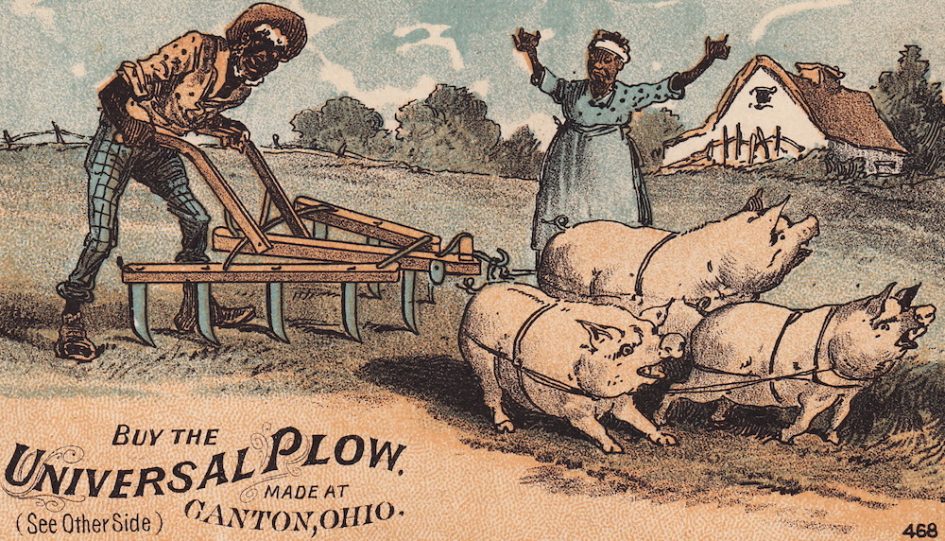SOS: ComAlt, Seminar Pre-Writing Week 7
28 February 2017
Word Count: 237
Passages:
“I raise this incident not only to demonstrate that we have no way of knowing how many images have been destroyed but to insist that against the liberal tendency to look away from racism we must look at these images – classic examples of racial kitsch.” (Tompkins 2012: 151)
“These young men see themselves as non-racists, who choose to transgress racial boundaries… Not at all attuned to those aspects of their sexual fantasies that irrevocably link them to collective white racist domination.” (Hooks 1992: 368, 369)
News Media Context:
Author Lionel Shriver On Cultural Appropriation And The ‘Sensitivity Police’
Discussion:
This week’s readings from “Eating the Other” and Racial Indigestion cover various complexities in navigating racism and racial implication in today’s cultural context. It used to be that being a racist or contributing to racism was very clearly defined by and for white people, and therefore much easier to navigate ones’ participation in it. Through the years, more nuanced issues of race in America have come to the forefront of conversation.
I was struck by Tompkins’ mention of the lack of racially charged trade cards. It is one of the many instances of well-intentioned white people trying to reconcile the moral egregiousness of racism by literally trying to erase it from history, ultimately to the detriment of the larger conversation and acknowledgement of a culturally racialized American.
While many of these sociological and complex racial implications were discussed by Hooks, what stood out to me the most was the anecdote of the white male students’ belief that their sexual fetishization of darker “Others” was actually somehow inclusive and racially progressive.
In a current context, these conversations highlight the practical ambivalence of white “wokeness.” While it is commonplace, especially at institutions such as Evergreen, for white people to have genuine sentiment of inclusion and racial awareness, this well intentioned behavior can backfire. What is the line between inclusion and “not seeing color?” What is the difference between embracing racial differences and consuming them? Between cultural appreciation and appropriation?
Citations:
Hooks, Bell. (1992). “Eating the Other: Desire and Resistance” Black Looks: Race and Representation. Boston: South End Press.
Tompkins, Kyla Wazana. (2012). Racial Indigestion: Eating Bodies in the 19th Century. NewYork: New York University Press.
Simon, Scott. (Host). (25 February 2017). Author Lionel Shriver On Cultural Appropriation And The ‘Sensitivity Police’. [Radio broadcast episode] http://www.npr.org/2017/02/25/517181378/author-lionel-shriver-on-cultural-appropriation-and-the-sensitivity-police

Leave a Reply